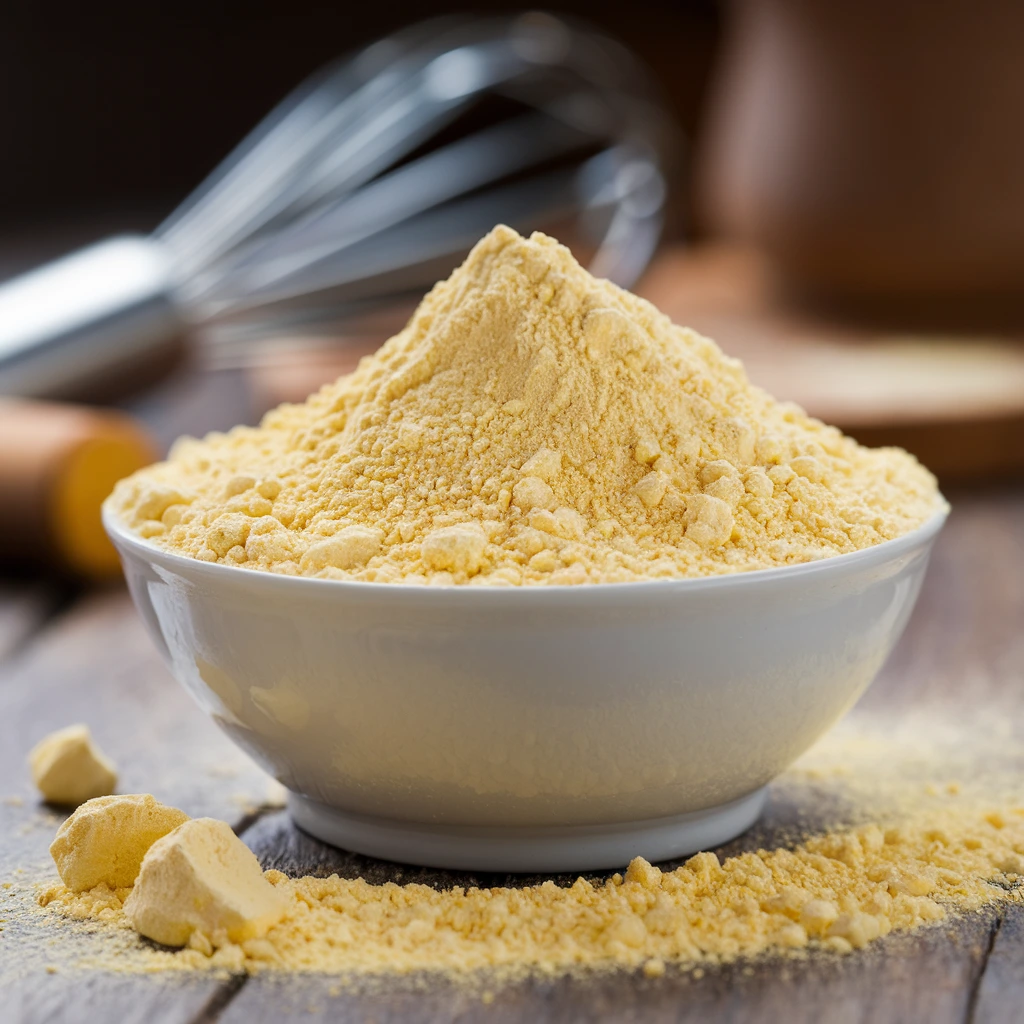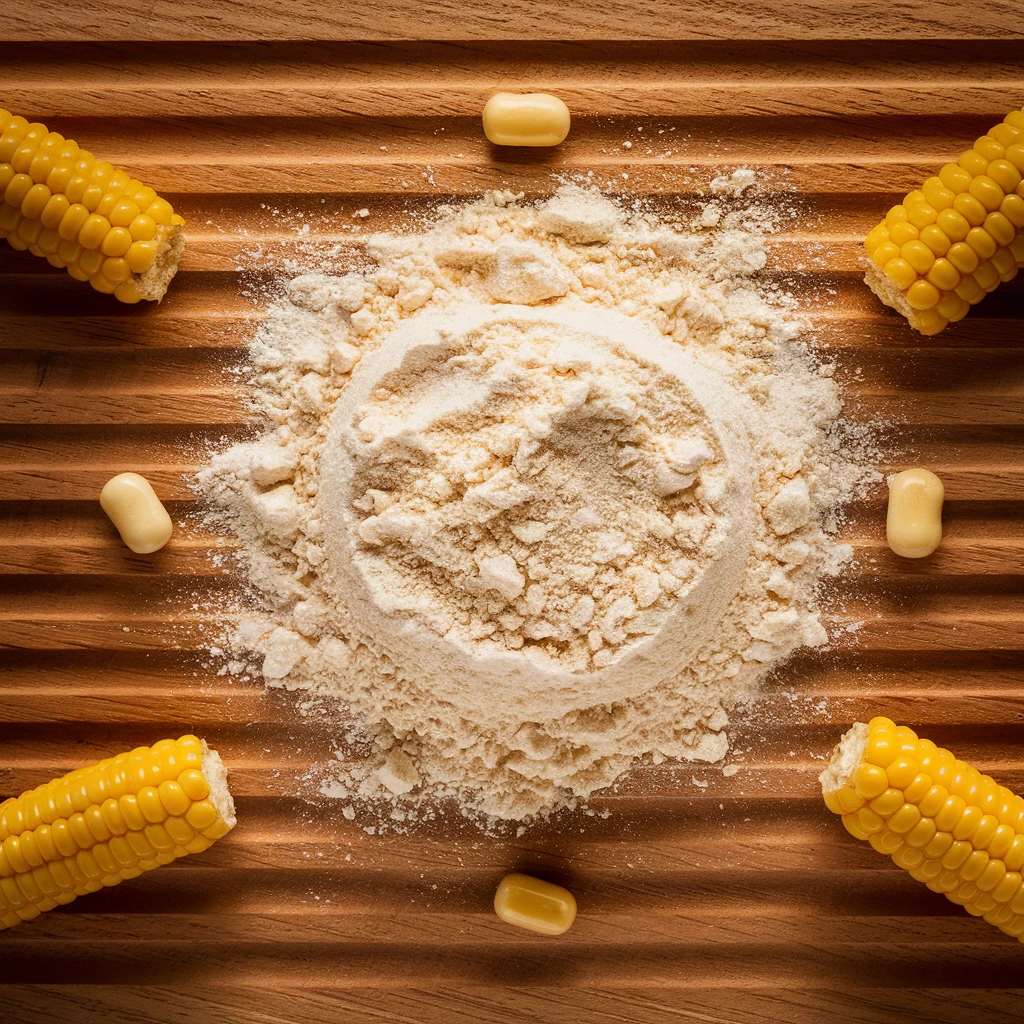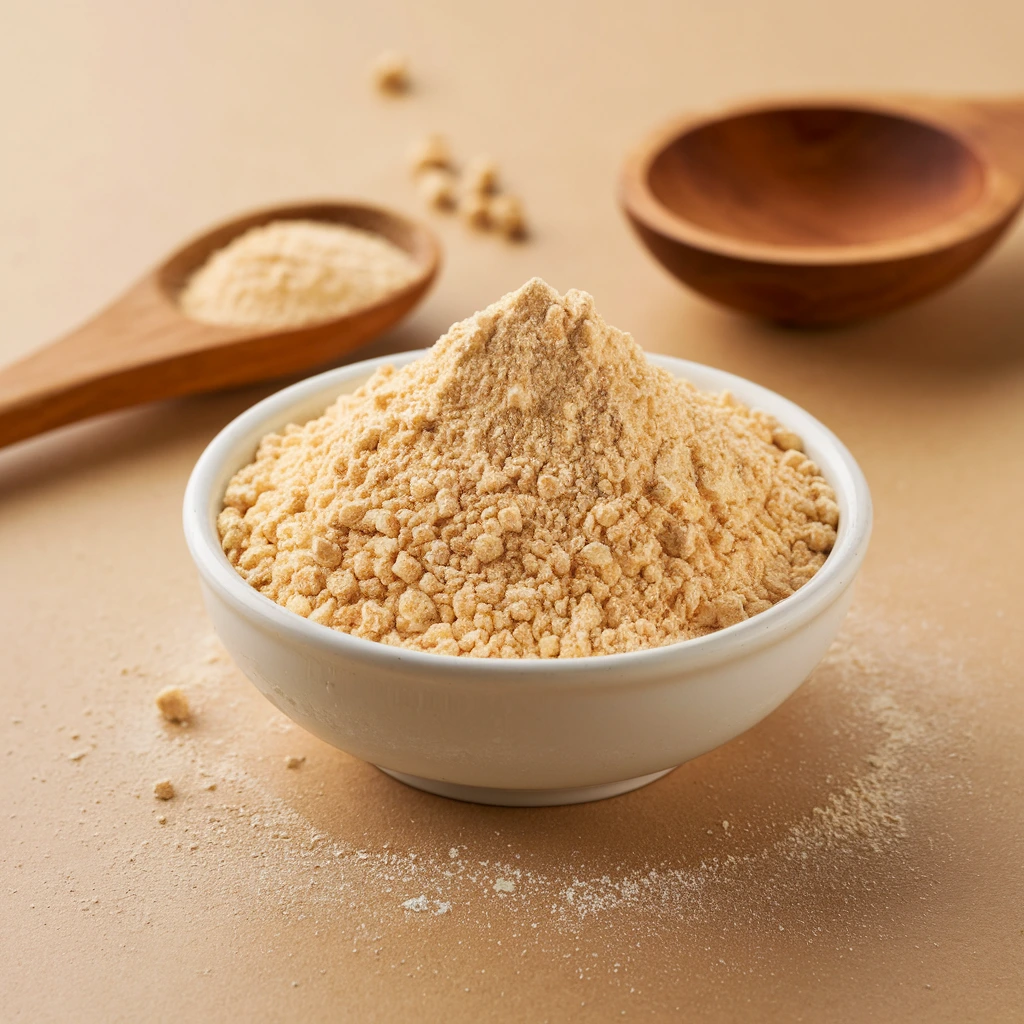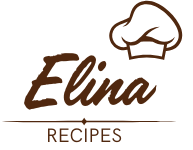This finely milled flour, made from dried corn kernels, is a household favorite for its nutritional benefits, gluten-free properties, and ability to transform both sweet and savory dishes. From thickening soups to crafting traditional recipes like tortillas, this ingredient is indispensable in kitchens worldwide.

What Makes This Ingredient Unique?
This type of flour stands out due to its use of the whole corn kernel, offering a fuller flavor and a more nutrient-dense profile compared to cornstarch, which is made from the starchy part of the kernel.
It’s also different from cornmeal, which is coarser and typically used for cornbread or breading. For a comprehensive comparison of flours, check out Bob’s Red Mill, which offers expert insights into alternative flours.
How It’s Made
The process of creating this flour involves multiple steps to ensure quality and nutrition:
- Cleaning the Kernels: Corn kernels are cleaned thoroughly to remove debris, dirt, and impurities.
- Milling: The cleaned kernels are ground into a fine powder using advanced milling techniques.
- Packaging: The final product is sifted and packaged to maintain freshness.
For an in-depth look at milling processes and the science behind this ingredient, refer to ScienceDirect.
Why Use This Ingredient in Your Cooking?
This flour offers a unique combination of culinary versatility and nutritional benefits, making it suitable for a variety of uses:
- Thickening Agent: Perfect for soups, sauces, and gravies, thanks to its fine texture.
- Baking: Adds softness and structure to cookies, muffins, and cakes.
- Frying: Creates a crispy coating for foods like tempura, fried chicken, or fritters.
- Traditional Recipes: Essential for making tortillas, tamales, and flatbreads.
Discover more creative uses in gluten-free recipes on The Kitchn.

Nutritional Benefits
This ingredient is more than just a kitchen staple—it’s packed with nutrients that support a balanced diet:
- Rich in Fiber: Aids digestion and promotes gut health.
- High in Carbohydrates: Provides sustained energy for daily activities.
- Contains Vitamins and Minerals: Includes vitamin B6, magnesium, and iron.
- Naturally Gluten-Free: Suitable for individuals with celiac disease or gluten intolerance.
Its nutritional benefits make it a great option for healthier baking and cooking.
Types of This Flour
Different varieties of this flour cater to specific culinary needs. Here are the most common types:
- White Corn Flour: Subtle in flavor, often used for light-colored recipes like tortillas or white sauces.
- Yellow Corn Flour: Slightly sweet and robust, ideal for cornbread, muffins, and pancakes.
- Gluten-Free Corn Flour: Specially processed for individuals with gluten sensitivities.
Each type has its unique characteristics, so choosing the right one ensures better results in your recipes. For gluten-free options, check out Healthline for additional insights.
How to Use It in Cooking
This versatile ingredient has a wide range of uses in the kitchen:
1. In Baking
This flour adds a soft, delicate texture to baked goods. Try substituting part of your all-purpose flour with it in recipes like muffins, cakes, or cookies for a unique twist.
2. Thickening Soups and Sauces
Its fine texture makes it an excellent thickener for soups, stews, and gravies. Unlike other thickeners, it dissolves easily and doesn’t alter the flavor of your dish.
3. For Crispy Frying
Create a light and crispy coating for fried foods like fish, chicken, or vegetables. Its light texture ensures the perfect crunch without being overly heavy.
4. In Traditional Dishes
This flour is a key ingredient in dishes from various cuisines, including tortillas, tamales, and flatbreads. It’s particularly popular in Mexican, Indian, and African cuisines.
For inspiration, explore tamale recipes on Taste Atlas.

Creative Uses Beyond Cooking
This ingredient isn’t just for cooking! Here are some innovative ways to use it:
- Homemade Pasta: Combine this flour with eggs for a gluten-free pasta option.
- DIY Beauty Products: Use it as a natural exfoliant in homemade face masks.
- Crispy Dessert Toppings: Add a crunchy layer to baked goods like muffins and pies.
Alternatives for Recipes
If you run out of this flour, there are several substitutes depending on your needs:
- Rice Flour: Works well for baking and frying.
- Potato Starch: Ideal for thickening soups or creating crispy coatings.
- Arrowroot Powder: A gluten-free alternative for baking and thickening.
Learn more about substitutes and how to use them effectively on Healthline.
How to Store It
Proper storage ensures the freshness and longevity of this flour. Follow these tips:
- Airtight Containers: Keep it in sealed containers to prevent moisture.
- Cool, Dry Places: Store it in a pantry or cupboard away from sunlight.
- Freeze for Long-Term Storage: If you don’t use it often, freezing can extend its shelf life.
Find additional storage guidelines on USDA Food Storage.
Corn Flour in Global Cuisines
This ingredient plays a vital role in traditional recipes around the world:
- Mexico: Central to dishes like tortillas and tamales.
- India: Used in flatbreads like makki di roti.
- Africa: A staple in recipes such as ugali and fufu.
Its adaptability across cuisines showcases its versatility and importance.
Environmental Impact and Sustainability
Corn flour production can have environmental impacts, particularly in large-scale farming. Choosing organic or non-GMO options helps support sustainable agricultural practices.
For more on sustainable food choices, visit USDA Organic.
FAQs
1. Is this flour gluten-free?
Yes, it is naturally gluten-free, making it ideal for those with gluten intolerance or celiac disease.
2. How is it different from cornstarch?
This flour uses the whole kernel, whereas cornstarch is made only from the starchy part.
3. Can it replace all-purpose flour?
In some recipes, yes. However, combining it with other flours often yields better results for structure and flavor.
Conclusion
This ingredient is a true kitchen powerhouse. Its versatility, nutritional benefits, and adaptability to a variety of cuisines make it an essential addition to any pantry. Whether you’re making tortillas, baking muffins, or trying out new gluten-free recipes, this flour ensures your dishes turn out perfect every time.
Start experimenting today and discover how this simple yet powerful ingredient can elevate your cooking!d start exploring its culinary potential today!

1 thought on “Corn Flour: A Versatile Kitchen Staple”